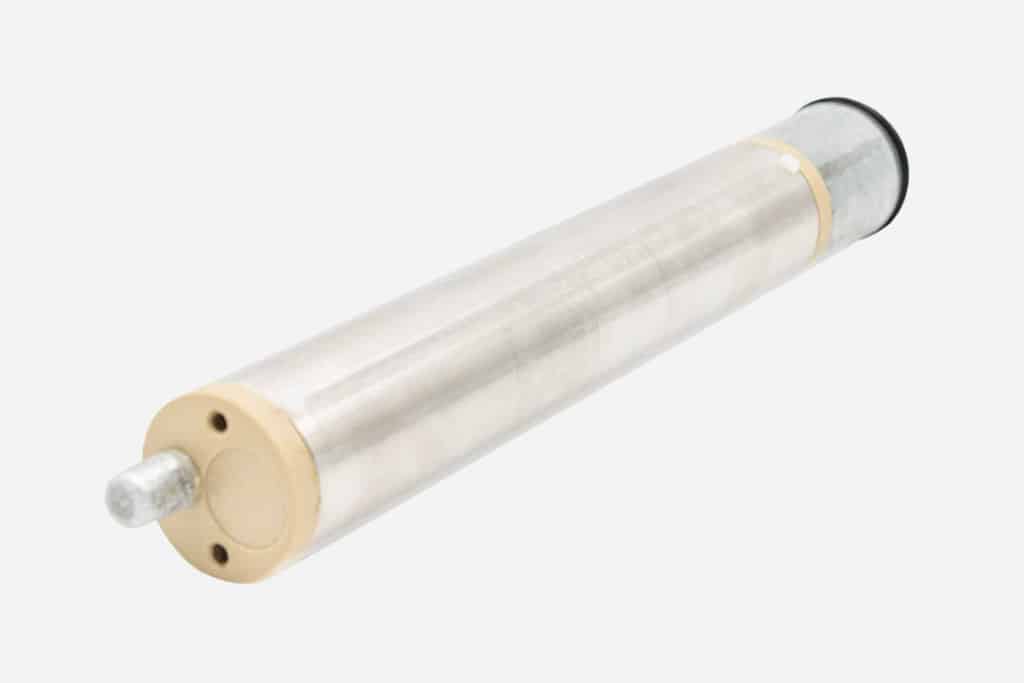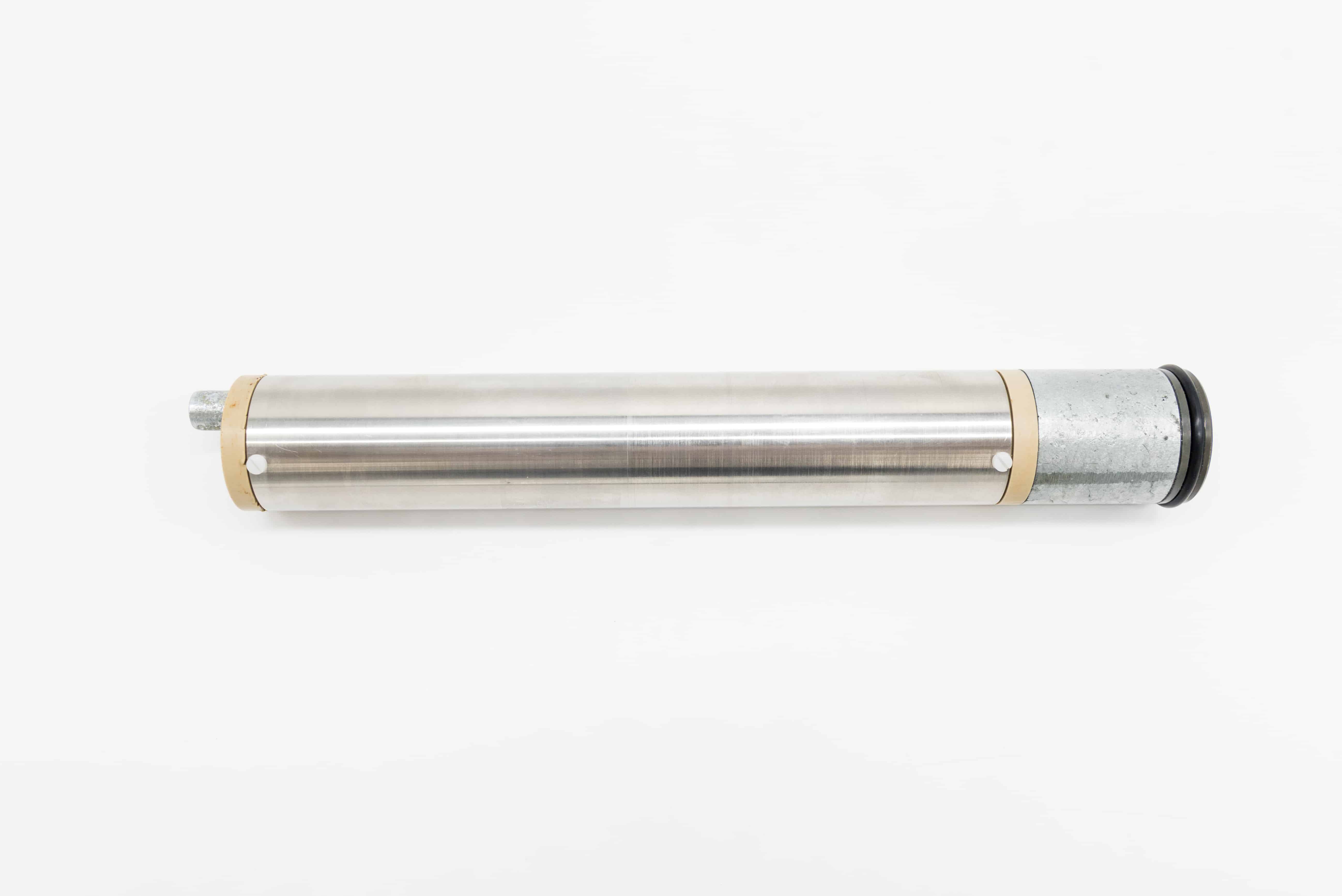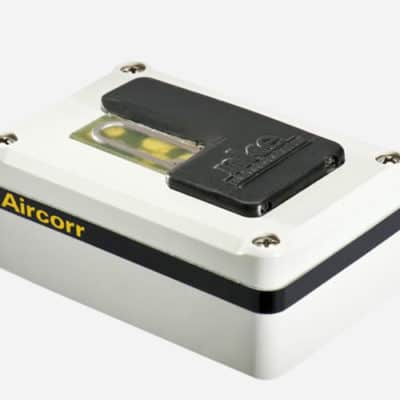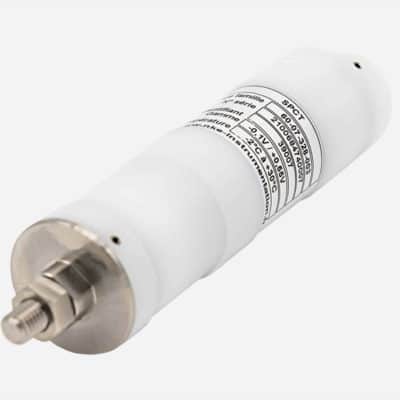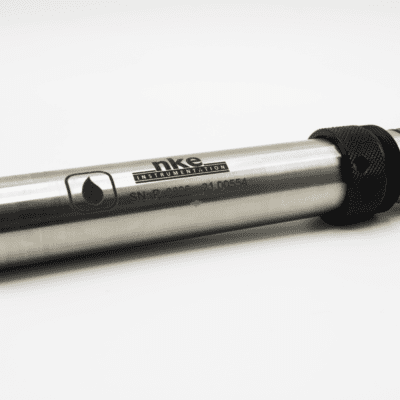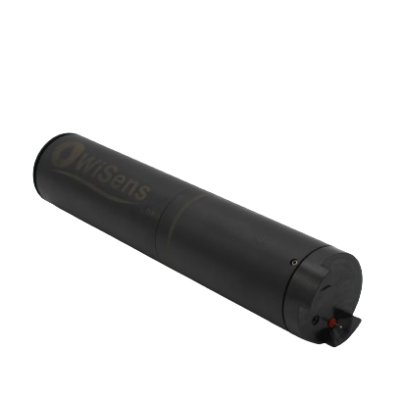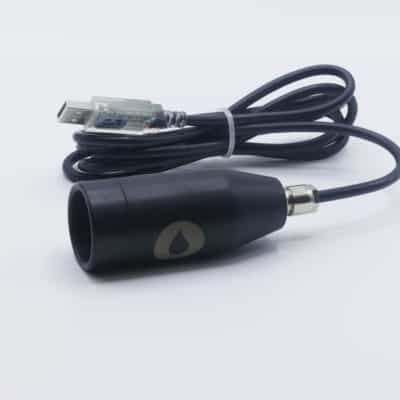SCPC: Determination of the Cathodic Protection
SCPC provides in situ the value of current density necessary to protect an immerged metallic structure.
It allows to determine the characteristics of the cathodic protection needed : size, number of sacrificial anodes, power supply.
Current density depends on the environmental parameters (dissolved oxygen, marine currents, temperature) which influence electrochemical reactions on the surface of the structure to protect.
The originality of SCPC lays in the fact that the instrument housing is made of tested alloy. The system is compact and has no external wire, with built-in miniature data logger and batteries.
